

Max Davies
2025 BYD Shark 6 review
23 Days Ago
The updated LDV T60 Max diesel offers a new ute for the price of a well-used HiLux or Ranger, but do you get what you pay for?



Quickly see how this car stacks up against its competition. Select any benchmark to see more details.
Where expert car reviews meet expert car buying – CarExpert gives you trusted advice, personalised service and real savings on your next new car.
China’s LDV has carved out a strong following these past few years with its budget, rough-but-ready T60 dual-cab ute – finding around 25,000 buyers since September 2017.
As well as undercutting the Mitsubishi Triton, the T60 Max offers a new car smell and new car warranty for the price of a 10-year old Toyota HiLux coming with neither – using today’s inflated used-car market as the basis of comparison.
The 2023 updates are hardly earth-shattering over the updated T60 Max model that first arrived in November 2021, but there are a few things worth mentioning: Price hikes, a longer warranty, a sportier-looking Luxe grade, and some tub updates for example.
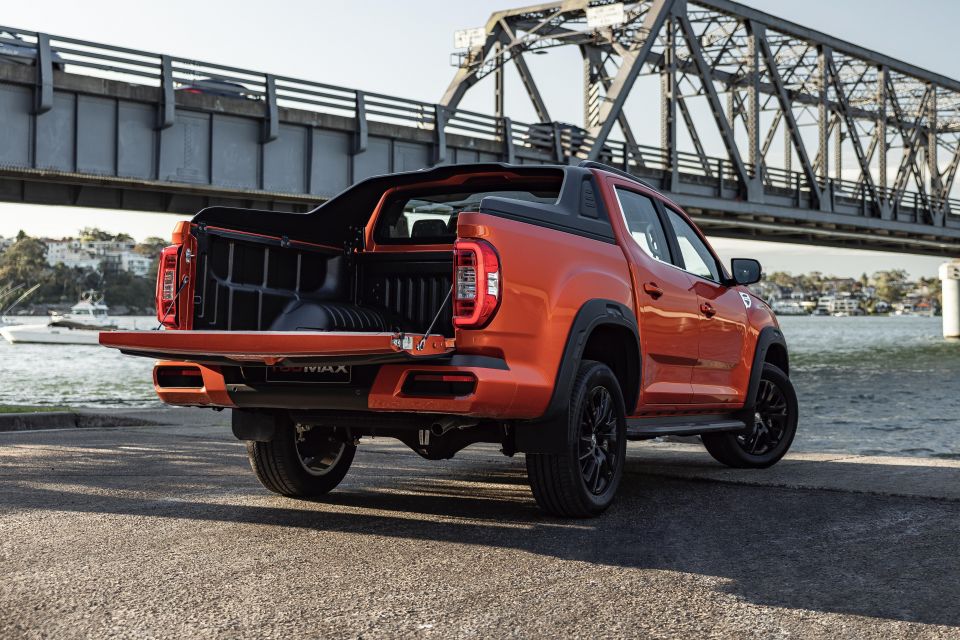
We recently attended an LDV event to drive the updated diesel T60 Max as well as a trio of new electric vehicles – the eT60 EV ute, eDeliver 9 van, and MIFA 9 people-mover.
However, our drive experience was fairly brief as these launch events often are, meaning this review will cover key specs and some quick performance observations.
However, embedded below is our detailed performance video of the MY22 T60 Max which is mechanically the same and will give you the right guide.
Prices are up by $4000 for ABN holders, and $4210 for private buyers.
2023 LDV T60 Max pricing:
All prices are drive-away
You should be trying to pay the ABN price regardless. LDV Australia believes the Pro auto will be the top-selling variant, which shouldn’t surprise anyone.
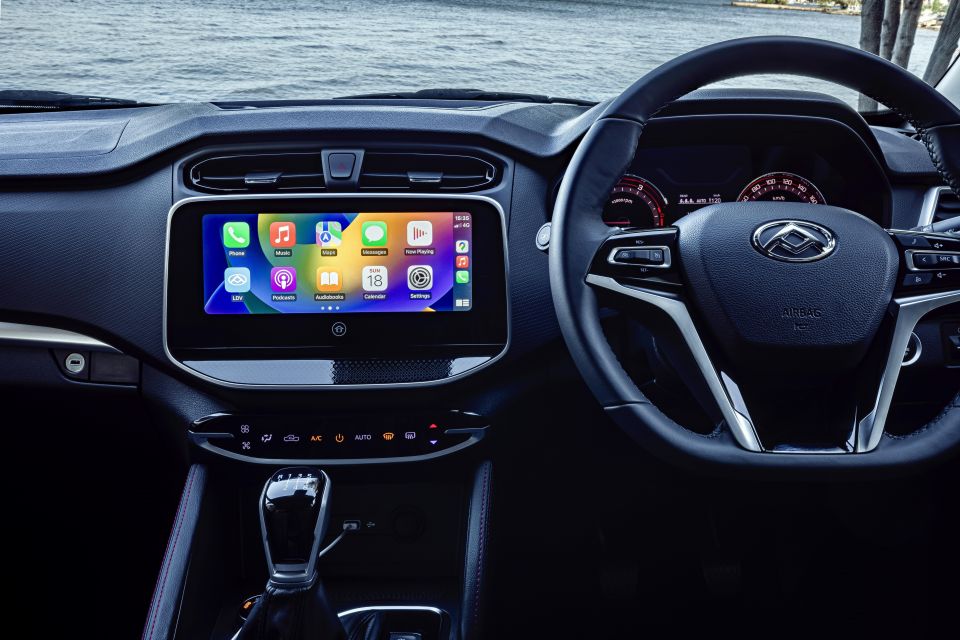
Buy your new car without the stress. It's fast, simple and completely free.

Great service from Travis and team, second time I have used this business would not hesitate to recommend them to anyone
Craig C.
Purchased a Ford Ranger in Sunshine Coast, QLD
CarExpert helped Craig save $7,224 on his Ford Ranger, now let us save you on your next new car.
Get your BEST priceIt’s not the most comfortable driving position, given the absence of telescopic steering wheel adjustment, but the actual wheel design and use of leather trim makes for an upgrade.
Some of the plastics used on the dash, stalks, switches and the lower door and tunnel sections feel cheap. Sure, you may rightly say ‘what did you expect?’, but I’d note that both the budget GWM Ute and SsangYong Musso feel more upscale inside.
The 10.25-inch touchscreen multimedia system looks very swish and offers acceptable graphics, though its processing power is only average.
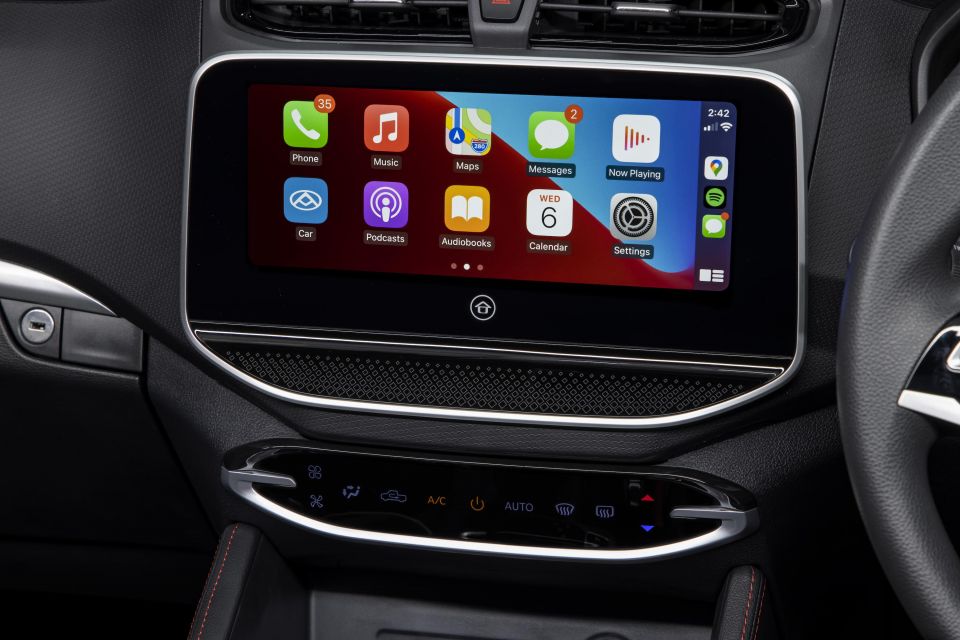
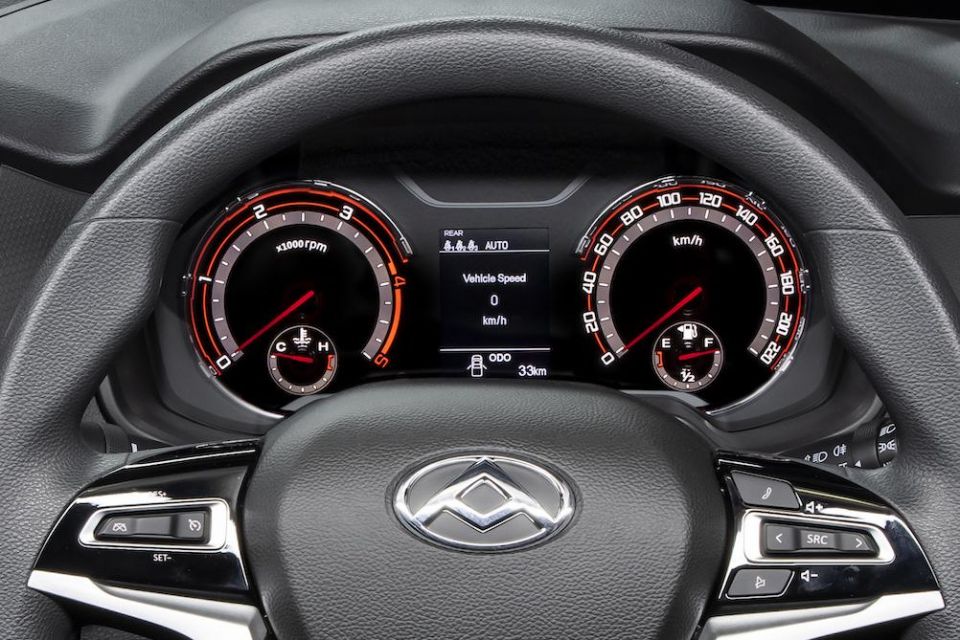
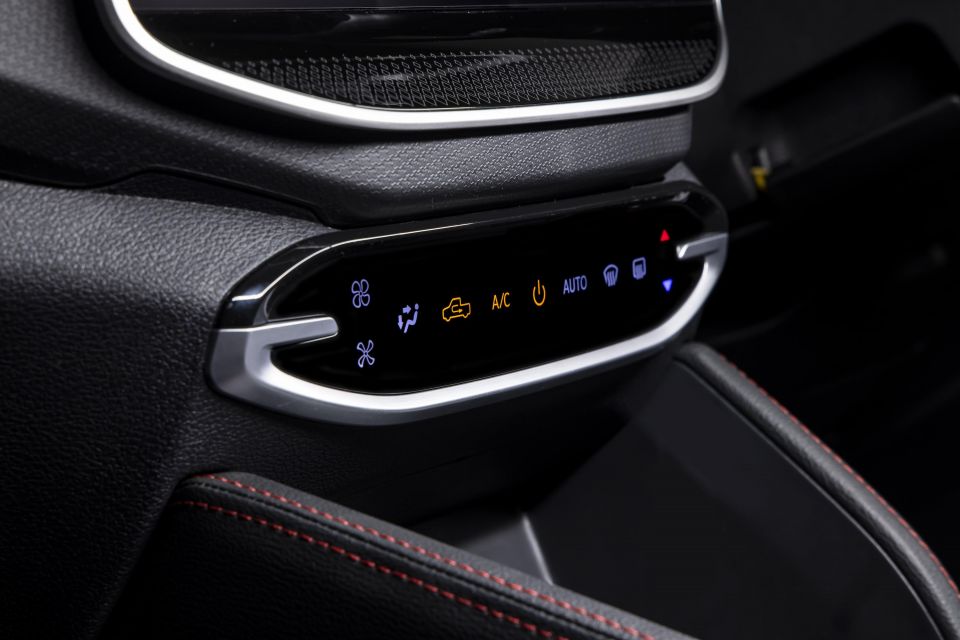
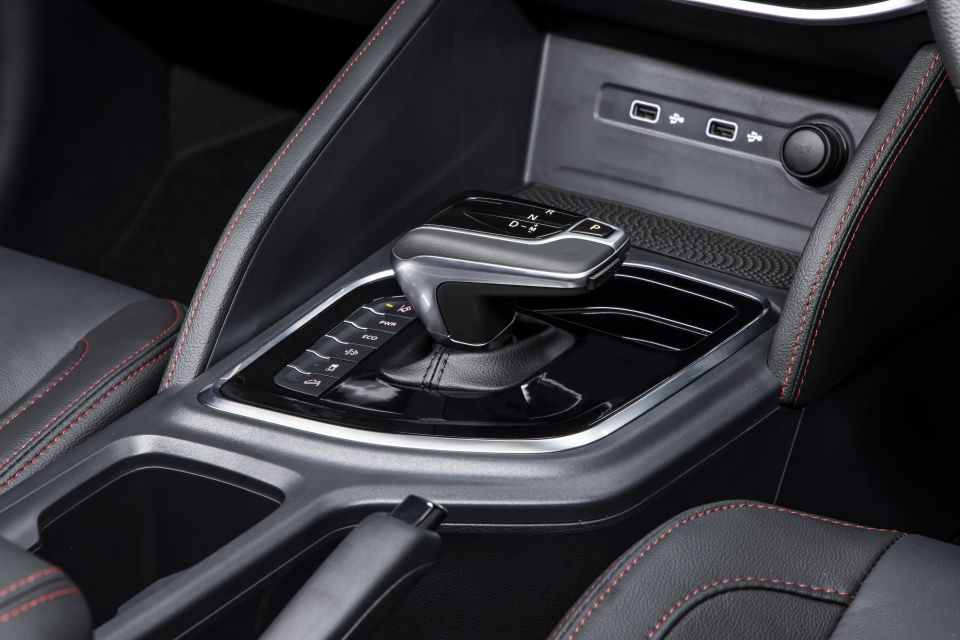
Instead of sat-nav you have wired full-screen Apple CarPlay (Android users will need to mount their device for maps), and there’s a simple enough digital toolbar lower menu to access home settings.
The 360-degree camera system on the Luxe isn’t cutting-edge sharp in terms of resolution, but is nevertheless a handy feature to have. I made a few phone calls and while the recipients said I didn’t sound perfect, the conversations went ahead unhindered via Bluetooth.
The climate control is adjusted by pressing the glossy plastic below the touchscreen, without haptic feedback, which then acknowledges the adjustment on the touchscreen. Give me dials and buttons, please.
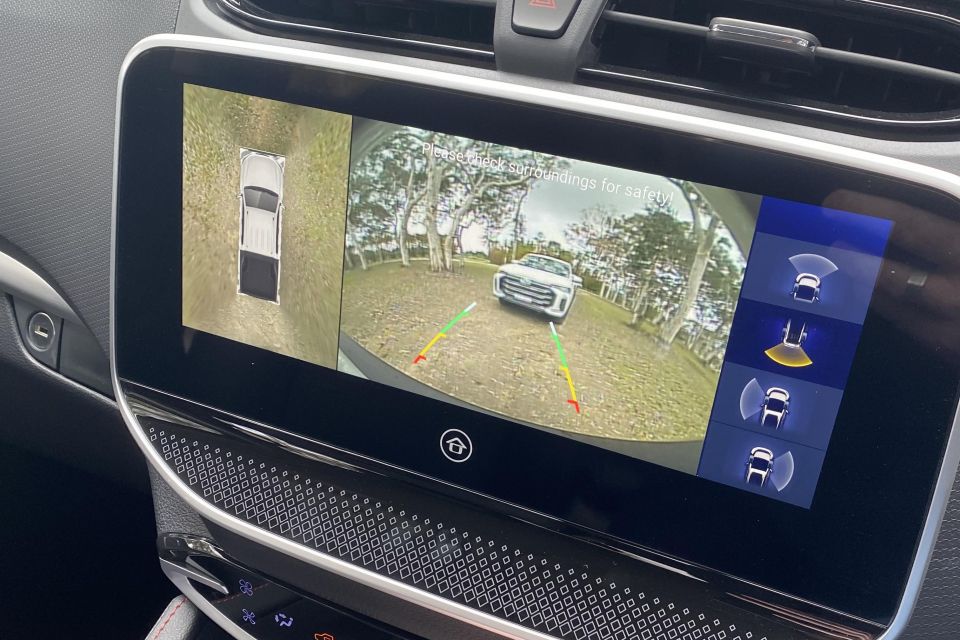

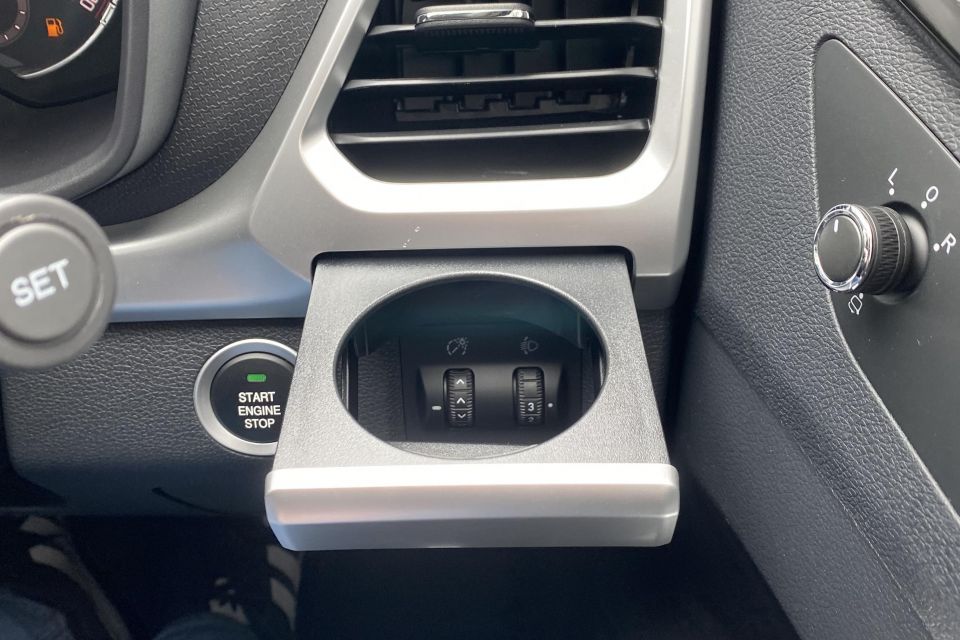

There’s a series of buttons along the centre tunnel next to the shifter, to control the lane-keeping chime, downhill assist control, ESP, diesel particulate filter (DPF), and driving modes.
LDV to its credit has shifted the indicator stalk to the right-hand side of the column, which is not something all vehicles developed first for left-hand drive markets can claim. To be honest this issue isn’t one that worries me too much, but I know for some people it’s a real gripe.
The back seats – a key purchase factor driving the take-up of this body style across the market – are quite good. I’m 194cm, so my driver’s seat is pushed back, and yet I still found headroom and legroom behind more than sufficient for my needs.
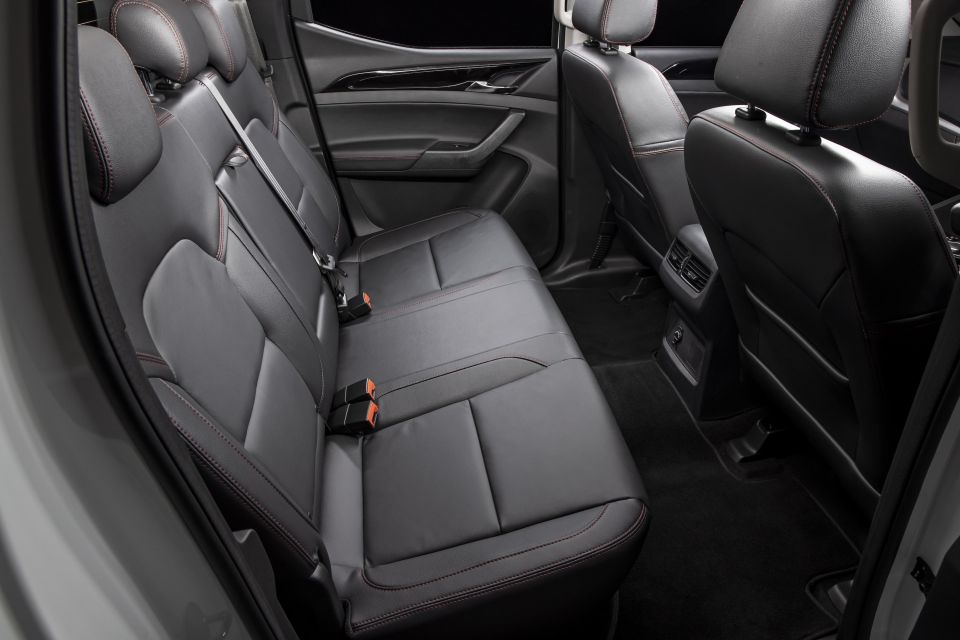

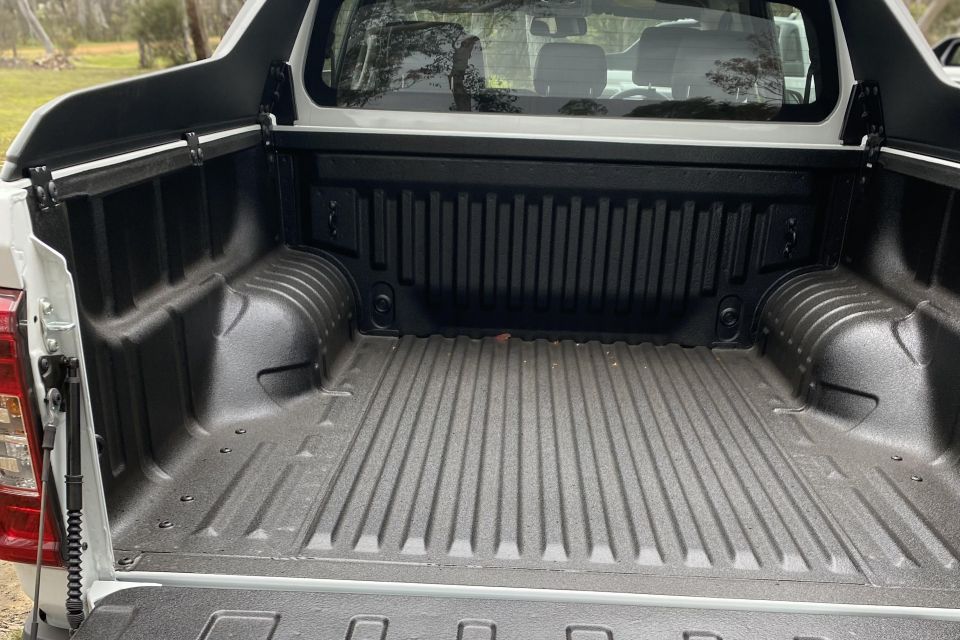
Rear occupants also get a centre armrest with cupholders, a rear 12V, reading lights, handles, and rear air vents. A couple of big blokes will sit back there happily enough if you’re heading up the corner to smoko or going camping.
The tub measures 1510mm wide by 530mm deep by 1485mm long. There’s 1131mm of room between the wheel housings. There are four tie downs, a great spray-in liner that’s better than a drop-in, and a new assisted or damped tailgate.
From a usability perspective, give me the T60 Max Pro’s sports bar over the Luxe’s faintly try-hard sailplane.
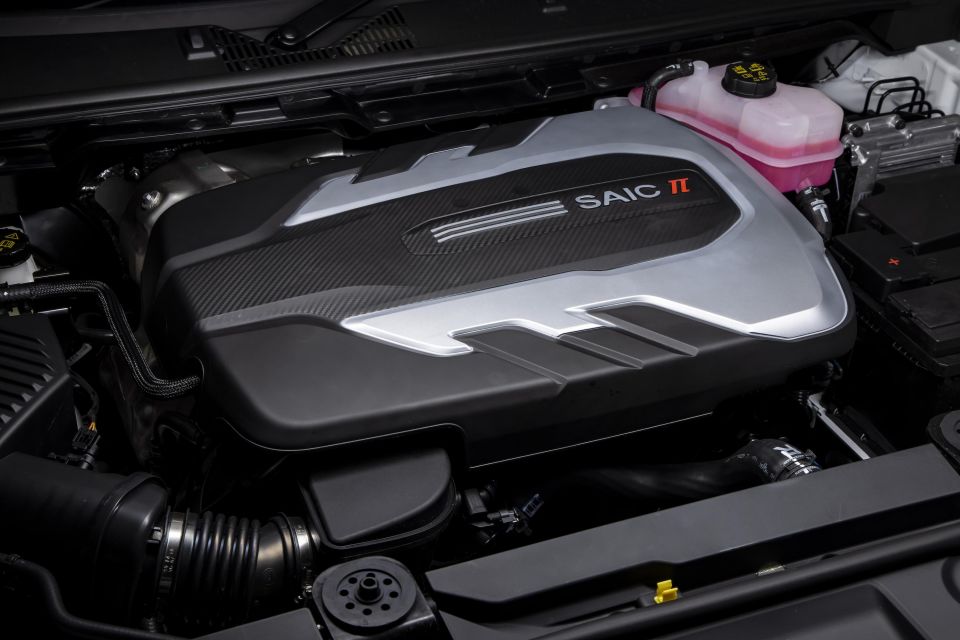
There are no changes over last year’s model.
This means a 2.0-litre bi-turbo-diesel making a strong 160kW of power (4000rpm) and 500Nm of torque (1500rpm) – superior power to any four-cylinder competitor, and equal-best torque.
Impressive numbers on paper for sure, and some margin better than a Triton (133kW and 430Nm), SsangYong Musso (133kW and 420Nm), and GWM Ute Cannon (120kW and 400Nm).
The LDV diesel is mated to either a six-speed manual gearbox or eight-speed automatic – the latter supplied by Germany’s ZF, now offering paddle-shifters for MY23. All T60 Max models are 4×4.
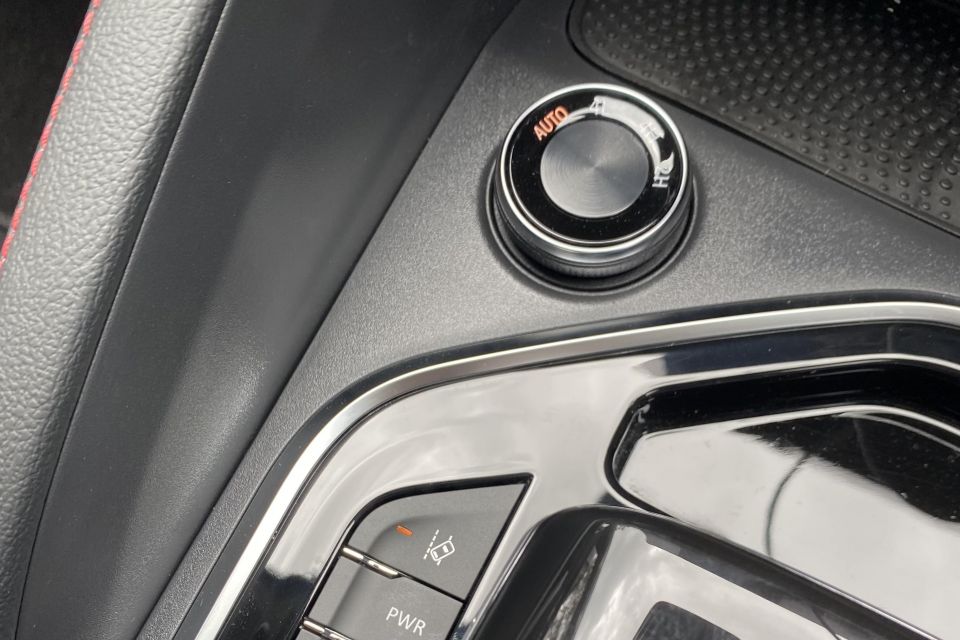
Standard is a torque-on-demand AWD mode from BorgWarner for on-road driving, alongside more conventional 2WD (2H), 4WD 50:50 locked (4H) and 4WD low-range (4L) settings. The Luxe adds an on-demand, self-locking rear diff.
Claimed fuel consumption on the combined cycle is 9.2 litres per 100km for the manual and 9.3L/100km for the automatic, and the tank stores 73L of diesel.
LDV claims a 3000kg towing capacity with a braked trailer, which is 500kg off the class benchmark.
MORE: 4WD modes explained – differential lock, 2H, 4H, 4L and hill descent control
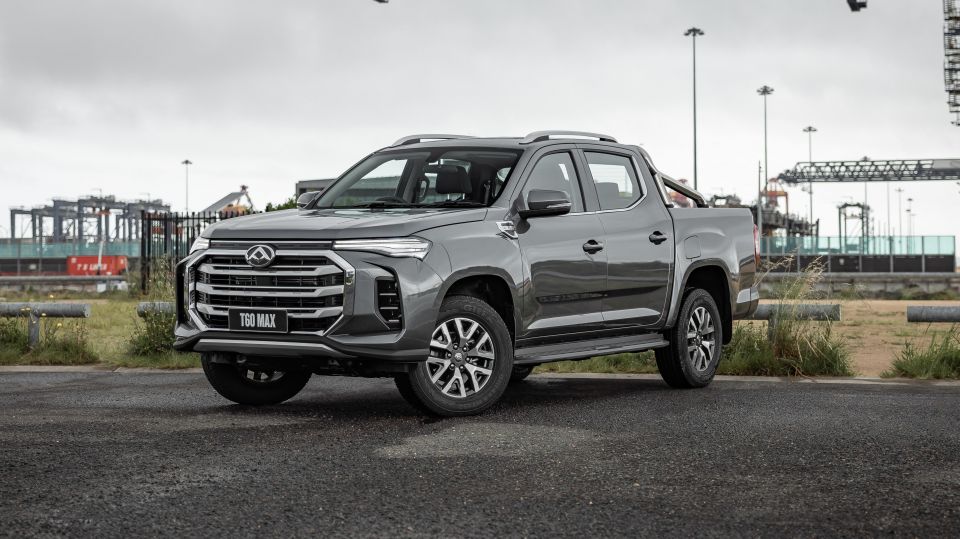
The hydraulic power-assisted steering is heavier than the latest electric systems, and you feel more impacts through your hands from the road or trail.
The diesel engine offers some muscle once you’re rolling and want to overtake, however there’s some noticeable lag off the mark in both Power or Eco modes – either down to the bi-turbo system, the throttle tune, or both.
It’s also quite clattery by today’s standards, but given its workhorse nature I’m less inclined to kick it too much for this.
We didn’t drive the manual gearbox, but the ZF eight-speed auto is a decent bit of kit and the paddle shifters add a layer of engagement.
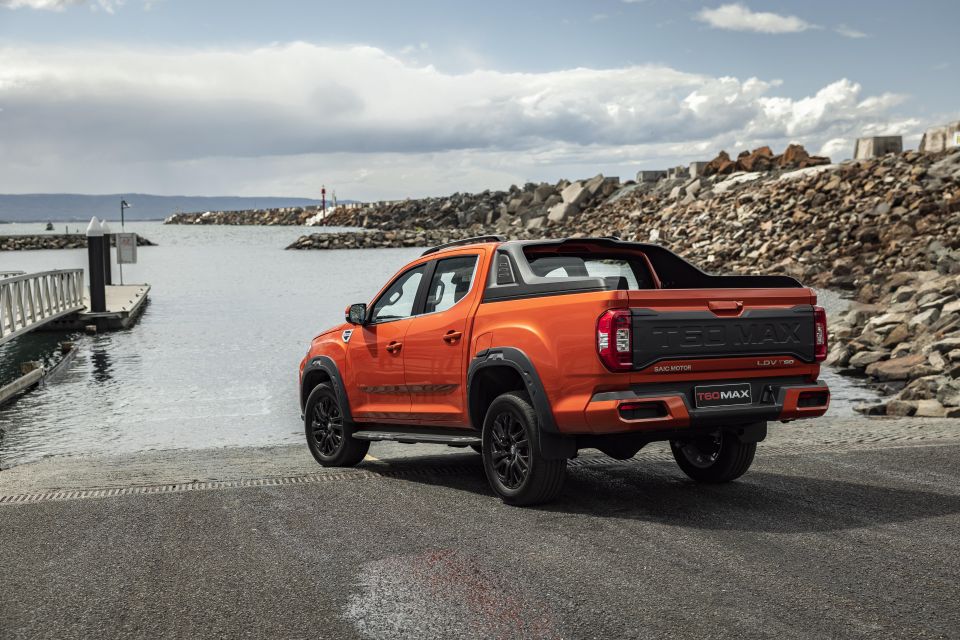
I had no chance to do any performance testing on this launch, but in the MY22 model with the same engine I recorded a 0-100km/h time just shy of 11 seconds.
The T60 Max Pro comes with heavy duty front double-wishbone and rear leaf spring suspension, whereas the Luxe’s set is said to be more comfort-focused. We only drove the Luxe on the brief launch event.
This also explains why the T60 Max Pro has a 925-935kg payload, compared to a pretty measly 750kg for the Luxe. The respective GVMs are 3050kg (Pro) and 2900kg (Luxe) and the respective GCMs are 6050kg and 5900kg.
The T60 Max is never as composed as a Ford Ranger on choppy tarmac or corrugated gravel, and there’s quite a lively feeling at the rear when unladen, but it’s not the most uncomfortable ute from a suspension-tune perspective either.
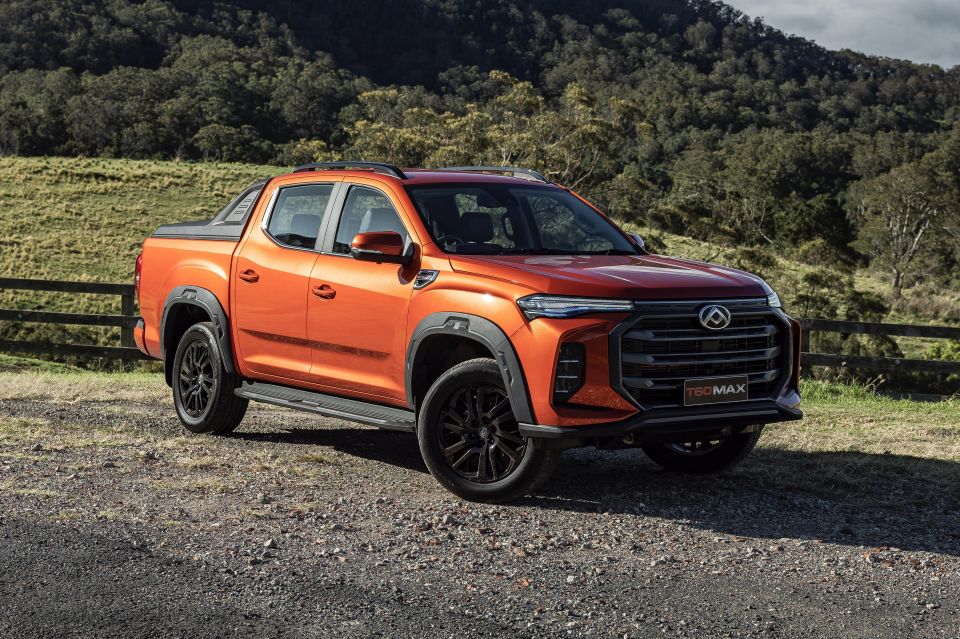
Unlike some utes that still use rear drums, the LDV commendably has discs front and rear.
The fitment of a road-capable 4×4 system rather than a purely part-time setup is most welcome, as is the retention of a traditional 4H for a predictable torque split.
The T60 Max’s approach angle is 27 degrees, its departure angle 24.2 degrees, its clearance is 215mm, its turning circle is 12.6m, and the maximum wading depth is 550mm.
We navigated some muddy trails with a few steep drop-ins, on the outskirts of Bowral in NSW, and to its credit the T60 Max navigated everything without fuss.
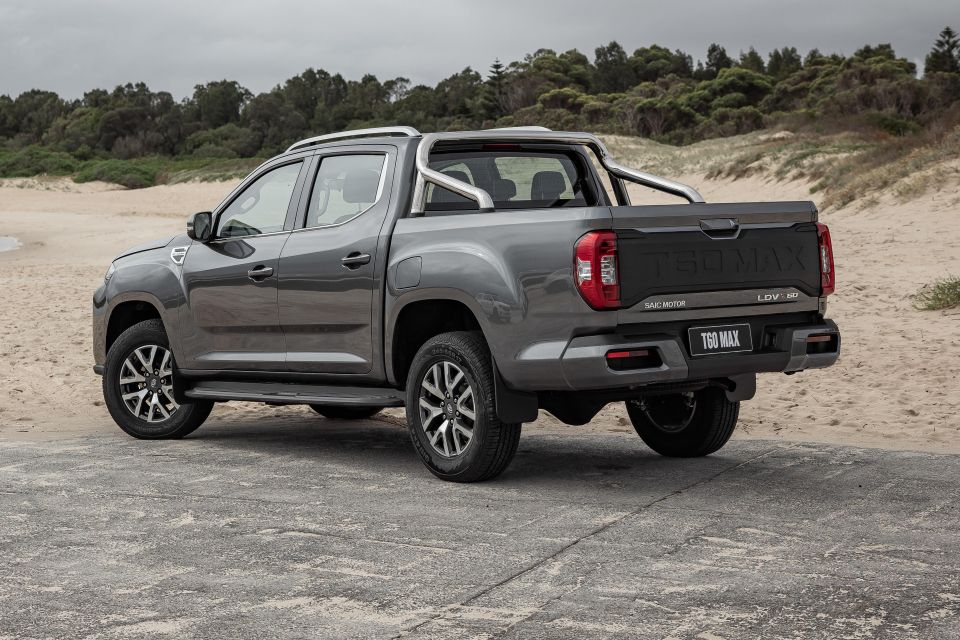
The Luxe grade’s locking rear diff that self-engages at low speeds when the T60 Max’s brain detects different wheel speeds works, though it’s reactive and kicks in aggressively. Better than nothing, but a switchable one is better.
While the T60 Max Pro appears to ride on cheap Giti tyres, our Luxe test vehicle was rolling on highway-biased Continental ContiSportContact rubber.
In general, the LDV does what you want a dual-cab to do, it just does it without the comfort or refinement of the latest-generation segment-leaders.
In terms of longer-term reliability it’s harder to say, but SAIC Motor (LDV’s parent) puts its money where its mouth is when it comes to warranty.
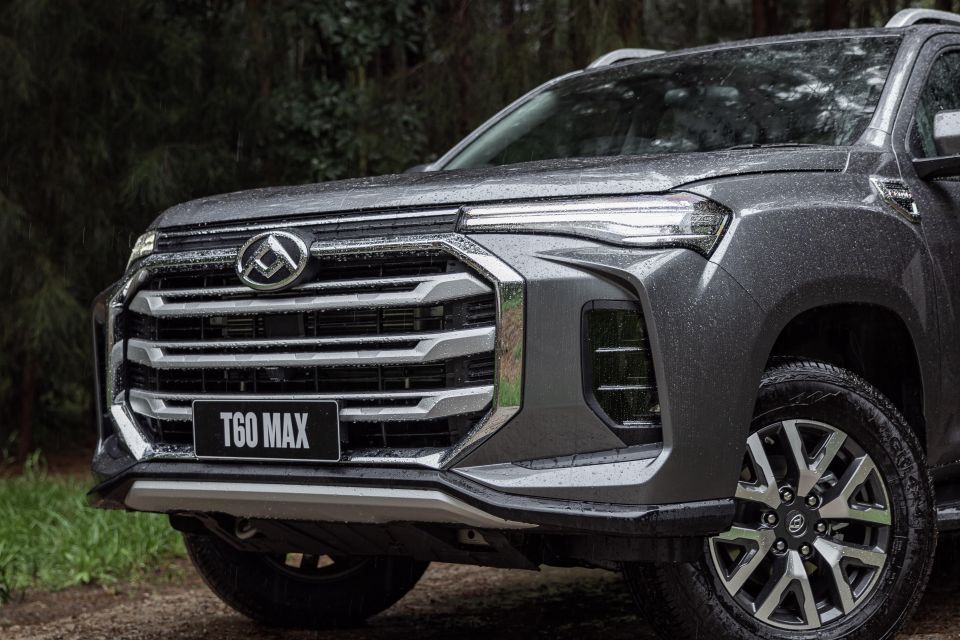

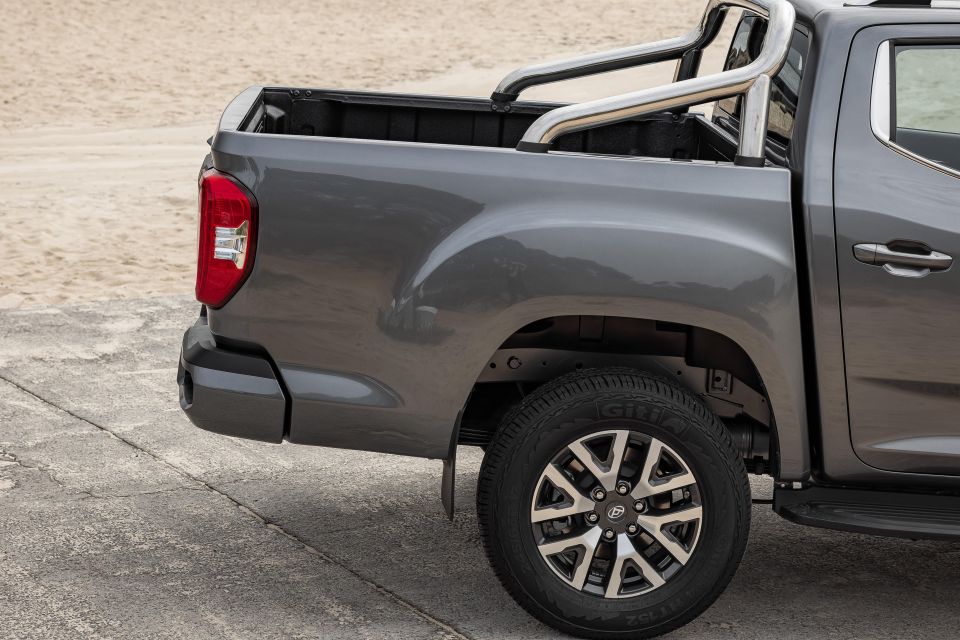
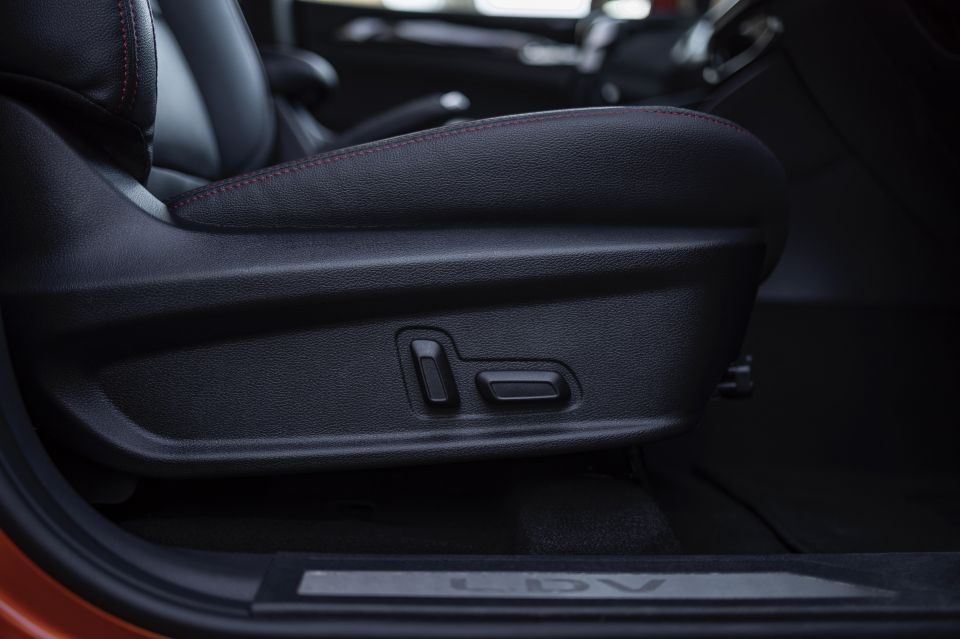
LDV T60 Max Pro highlights:
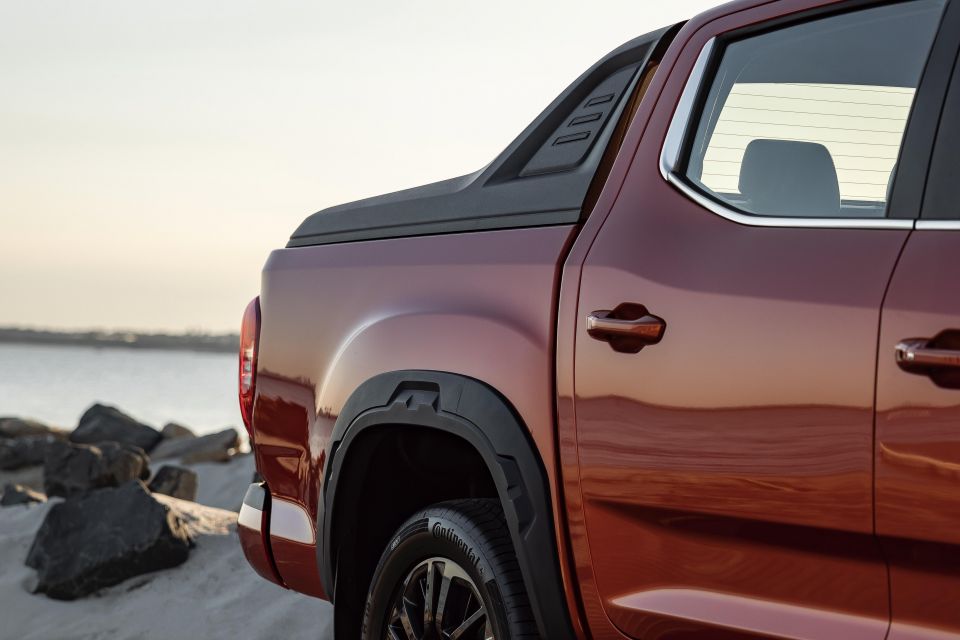

Where expert car reviews meet expert car buying – CarExpert gives you trusted advice, personalised service and real savings on your next new car.
LDV T60 Max Luxe adds:
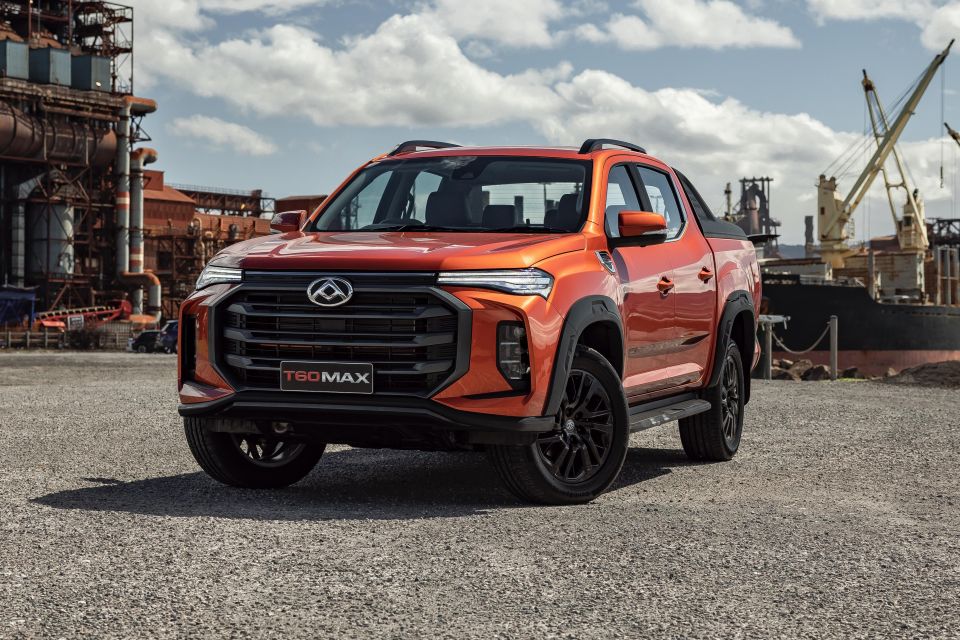
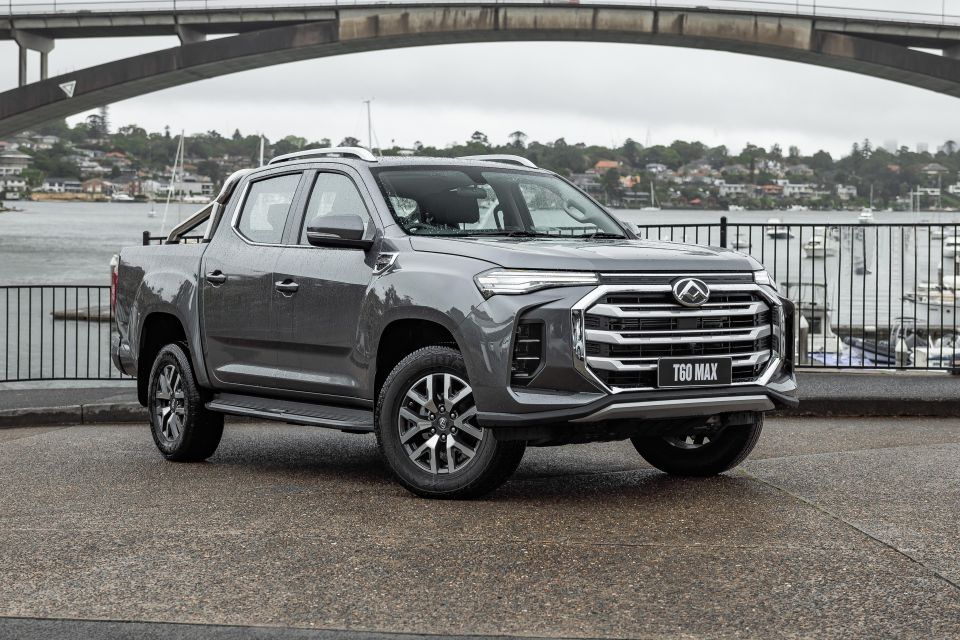
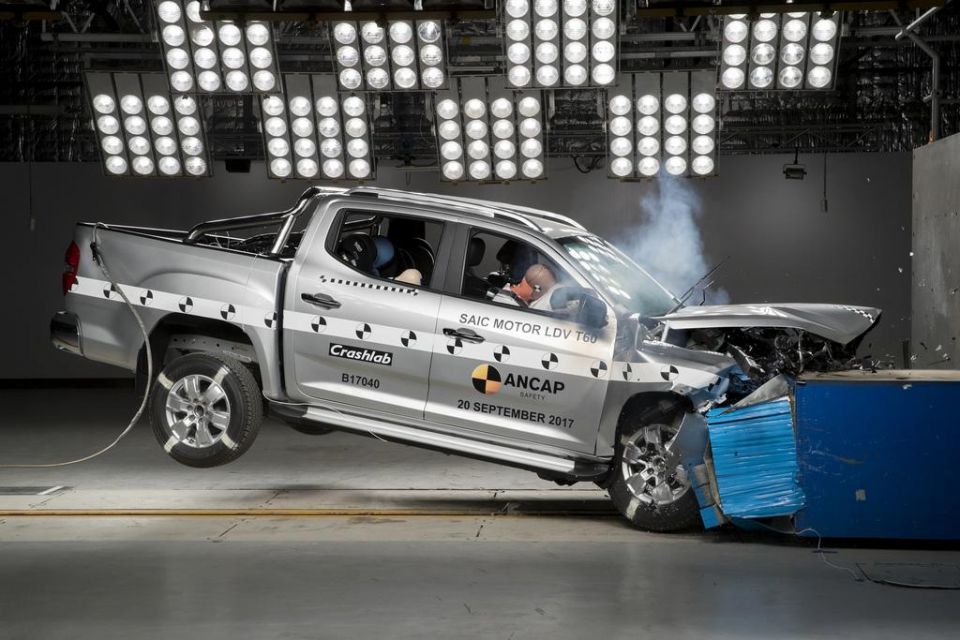
The T60 Max carries over the 2017 ANCAP five-star crash rating achieved by the pre-facelift model.
However there’s very little active safety equipment – meaning no autonomous emergency braking, active lane-keeping, adaptive cruise control, or blind-spot monitoring.
This means that while it may tick the requisite HR boxes, it would not meet the latest five-star requirements were it tested again today.
Standard safety equipment includes:
The Luxe also features a surround-view camera and lane departure warning system.
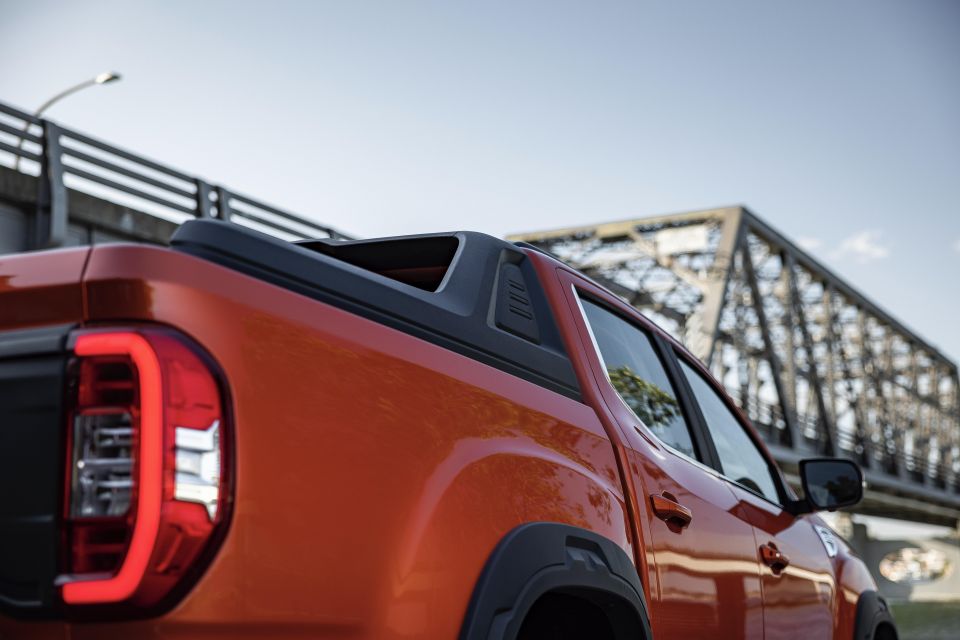
LDV provides a good seven-year warranty with 200,000km of cover, as well a five year or 130,000km roadside assist plan.
The MY22 models only had five years of warranty, with the new plan sure to offer greater reassurance. It’ll no doubt help residuals a bit too.
Servicing intervals are listed as 12 months or 15,000km, aside from the first visit due within 5000km. The brand’s website has nothing about capped-price servicing.
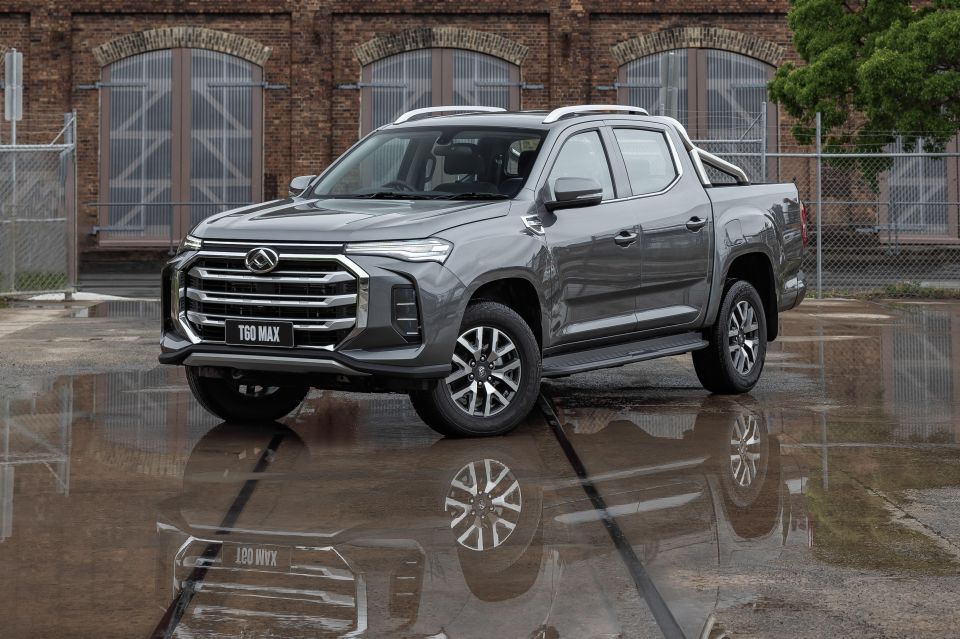
Buy your new car without the stress. It's fast, simple and completely free.

Great service from Travis and team, second time I have used this business would not hesitate to recommend them to anyone
Craig C.
Purchased a Ford Ranger in Sunshine Coast, QLD
CarExpert helped Craig save $7,224 on his Ford Ranger, now let us save you on your next new car.
Get your BEST priceThe price hikes make the LDV T60 Max less of a bargain than before, but taken in context they’re not out of the ordinary.
It’s not hard to see why people are looking at the T60 Max with its on-paper grunt, acceptable off-road abilities, and long warranty.
It remains rough around the edges in terms of how it drives and feels inside, but it’s important also to remember that its competitors are just as often well-used utes as they are new ones.

Click the images for the full gallery
MORE: Everything LDV T60 Max
Where expert car reviews meet expert car buying – CarExpert gives you trusted advice, personalised service and real savings on your next new car.


Max Davies
23 Days Ago


Josh Nevett
15 Days Ago
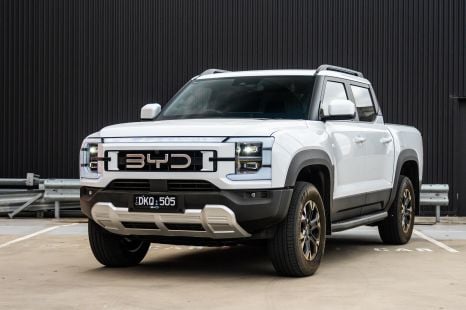

William Stopford
14 Days Ago


Max Davies
9 Days Ago


James Wong
8 Days Ago
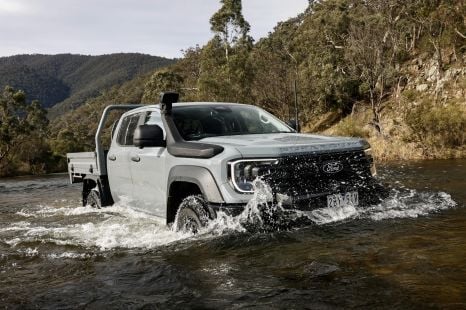

Max Davies
8 Days Ago